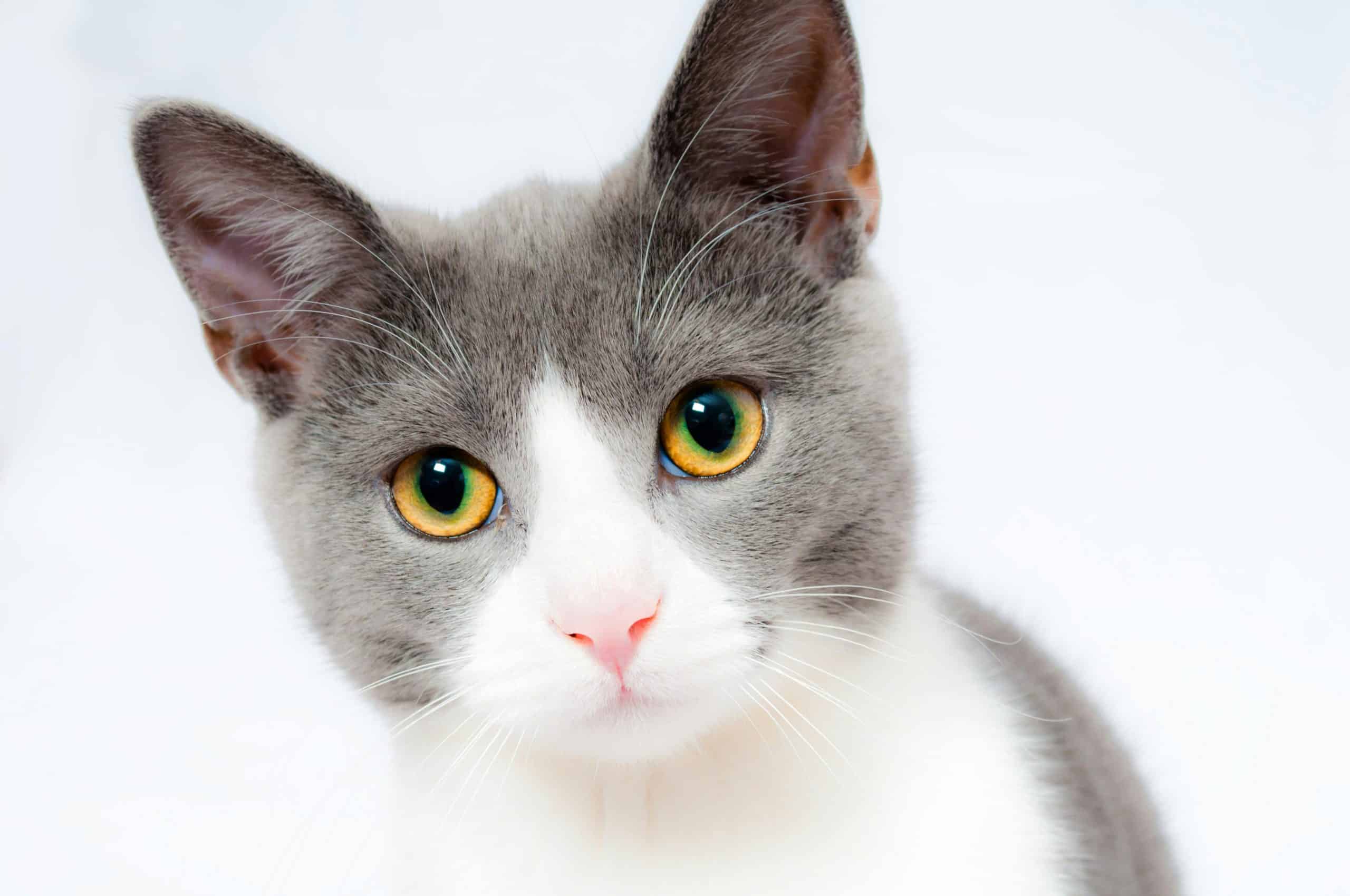As pet owners, you’ve likely heard of the term ‘resource guarding.’ It’s a common behavior seen in many animals, especially dogs. However, it’s less recognized but just as prevalent in our feline friends. Resource guarding is when a pet defends its resources—items like food, toys, sleeping spots, or even their litter box—from others. It’s a survival instinct but can lead to conflict and aggression in multi-pet households.
In this article, we’ll delve deep into the world of cats, their behavior, and their resource guarding tendencies. We will offer practical, effective strategies to mitigate this behavior and foster a peaceful co-existence among your feline friends. Remember, the goal here is to ensure a harmonious and healthy environment for all your pets.
Also to see : How to Train a Dog with Hearing Impairment Using Vibration Collars?
Understanding Cat Behavior and Resource Guarding
Before we explore the strategies, it’s crucial to understand cat behavior and the concept of resource guarding. Cats, unlike dogs, are solitary hunters in the wild. This means they’re used to having their resources to themselves. When these resources are threatened, they can become defensive—this is what we call resource guarding.
Resource guarding can manifest in several ways, including hissing, growling, swatting, or even biting when another pet approaches their resources. It’s not just related to food; cats can guard anything they deem valuable, like their favourite sleeping spot, toys, or their litter box.
Also read : What Are the Essential Elements of a First Aid Kit for Adventurous Pets Engaged in Hiking?
Identifying Resource Guarding in Cats
As cat owners, you need to be aware that cats can be subtly deceptive. Unlike dogs, who make their resource guarding blatantly apparent, cats often exhibit subtle signs. They might block access to resources or exhibit aggressive behaviors.
To identify resource guarding, observe your cats during feeding times or when they’re using shared resources. Look for signs of tension—stiffness in the body, flattened ears, dilated pupils, or sudden, swift movements. Cats might also over-groom areas around their resources, which can be a sign of stress.
Techniques for Reducing Resource Guarding
Now that you understand what resource guarding is and how to identify it, let’s delve into some strategies to counteract this behavior.
Provide Adequate Resources
One of the simplest ways to reduce resource guarding in cats is to ensure there are ample resources for all. This means having enough food bowls, toys, litter boxes for each cat, and a few extras. The general rule of thumb is to have one more resource than the number of cats. For instance, if you have three cats, you should have at least four of each resource.
Separate Feeding Areas
Consider feeding your cats in separate areas. This will not only reduce competition but also lower stress levels during feeding times. Cats feel vulnerable while eating, so providing them their space can significantly reduce resource guarding tendencies.
Introduce New Resources Gradely
Avoid flooding your cats with new resources all at once. Instead, gradually introduce new resources—whether it’s a new litter box or a new toy—and monitor their reactions. If a cat begins to guard a new resource, remove it for a time then reintroduce it later.
Use Positive Reinforcement
Rather than punishing a cat for guarding resources, use positive reinforcement to reward non-aggressive behaviors. This could mean offering treats or extra petting when a cat shares a resource or behaves non-aggressively when another cat approaches its resources.
Importance of Consulting a Professional
While these strategies can be effective in reducing resource guarding in multiple-cat households, consider consulting a professional if the conflict continues. A professional can assess your cats’ behavior and offer tailored strategies to counteract resource guarding.
They can also help identify if the aggression is due to an underlying health issue, which is often overlooked. For example, a cat might guard its litter box more aggressively due to a urinary tract infection. Consulting a professional guarantees you’re not missing any key aspects that might be contributing to the conflict in your multiple-cat household.
Remember, every cat is unique, and what works for one might not work for another. But with patience, understanding, and perhaps professional help, you can effectively counteract resource guarding behavior. This will ensure a peaceful, harmonious environment for you and your beloved cats.
Training Cats to Share Resources
Teaching your cats to feel safe and secure when sharing resources is a vital step towards reducing resource guarding behaviors. This part of training requires an understanding of cat body language and a significant amount of patience.
Firstly, try to identify the triggers that prompt resource guarding in your cat. Common triggers can be another cat getting too close to the food bowl or a human approaching their favorite sleeping spot, for instance. Once you’ve identified the trigger, you can begin gradually desensitizing your cat to it.
For example, if your cat becomes defensive when another cat approaches their food, start feeding the cats at a distance from each other, where they can still see each other but feel safe. Gradually decrease the distance between the food bowls over time. This will help your cats to associate the presence of the other cat with mealtime, a positive experience, rather than seeing them as a threat to their food.
Reward your cats for positive interactions, like sitting near each other without showing aggression or fear. Treats, praise, or affection can all work as rewards, depending on what your cat responds best to. Remember, though, to be consistent with your rewards.
Dog training techniques, such as clicker training, can also be useful in multi cat households. A clicker can be used to mark the exact moment a cat behaves in a desirable way, followed by a treat or reward, reinforcing the positive behavior.
Living in Harmony in Multi-Pet Households
Creating a balanced and peaceful multi pet environment, whether it’s a cat dog mix or a multi cat household, can be challenging but is entirely achievable. Understanding and addressing resource guarding behavior is a crucial step towards reducing conflicts and promoting harmony among your pets.
Establishing and maintaining a routine can help cats feel secure and less likely to guard their resources. Regular feeding times, playtime, and attention from their human caregiver can reassure cats that their needs will be met.
Moreover, providing your cats with a stimulating environment can help reduce resource guarding. This can be achieved by providing toys, climbing trees, hidey-holes, and scratching posts. These not only distract your cats from guarding behavior but also cater to their natural instincts to play, climb, and hide.
Lastly, remember that while aggression in cats may be behavioral, it can also be a sign of an underlying health issue. If your cat’s resource guarding behavior is accompanied by other signs of poor health, such as loss of appetite, lethargy, or changes in litter box habits, it’s best to consult a vet.
In conclusion, resource guarding in cats can be effectively managed with patience, understanding, and the right approach. While the strategies mentioned above can help, remember that each cat is unique, and what works for one may not work for all. Ensuring a safe environment, understanding body language, and sometimes seeking professional help will pave the way for a peaceful co-existence in your multi cat household.











